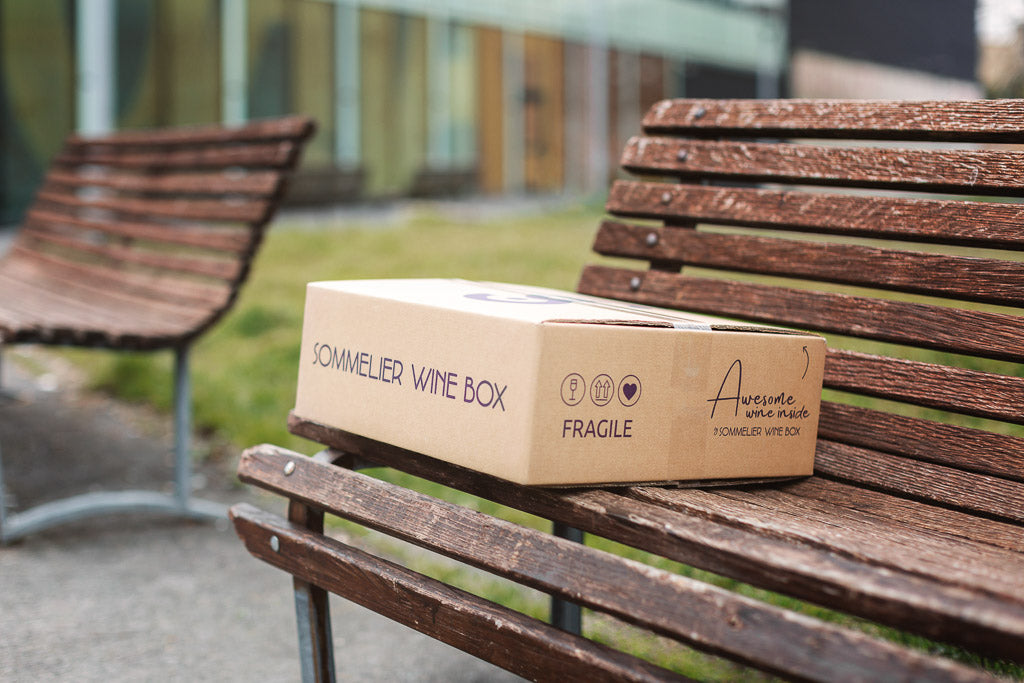The urge to 'look good' creeps into our lives even more than it should. As in the case of wine tasting in a restaurant, which risks becoming a stressful moment. Here are our tips on how to taste wine the moment it is brought to our table: 6 simple points and a guaranteed good impression..
In itself, wine is the most approachable thing there is: it comes from the earth, it is the fruit of peasant knowledge and can be appreciated whether you grasp every nuance and detail or ignore the theory altogether. So much of its appeal lies in the fact that it can be experienced with a hedonistic and light-hearted approach, as well as a professional and even competitive one.
Whatever your choice: it is a great pleasure that should never intimidate. Nor should it be in the case of the ritual of wine-tasting in a restaurant, a moment that can create great tension at the table.
Let's see together how to taste wine in a restaurant in this little 6-point guide.
1. Check that the bottle is the one ordered
After ordering the wine, the bottle is brought to the table to check that it is the right one. The advice is to pay particular attention to the vintage and then confirm that it has been opened.
2. Who tastes the wine in the restaurant
If the restaurant does not provide for a sommelier to taste the wine (this is very rare), the tasting is either done by the person who ordered the bottle or they can delegate another person, usually one who is considered more experienced.
3. What to do when tasting in a restaurant
If you are the one doing the tasting, what you need to do is to retrace the steps of the tasting in a few moments: take the glass by the stem, swirl the glass gracefully (avoid if it is a sparkling wine), smell it and take a sip. All discreetly, without leaving diners breathless for long minutes
4. Let's dispel a myth about wine-tasting in restaurants
The purpose of wine-tasting is not to establish whether you like the wine or not: whether you like it or not, it has already been ordered. The purpose of tasting in a restaurant is to find out whether the bottle is good, i.e. whether it is free of defects.
5. How to recognise wine defects
The main defect in wine is the corky taste. For those who want to know all the tricks to detect it, we have written a small guide to it. In short, wine that tastes corky smells distinctly of cork. Other detectable defects lurk but - don't worry - they are very rare: in general, they manifest themselves in the form of other types of stench. If you perceive an unpleasant smell or taste, you should politely tell the person who brought the bottle: a tasting by the waiter will follow and, if the defect is confirmed, the bottle will be changed.
6. What to say after a wine tasting in a restaurant
Most of the time everything goes smoothly, the wine has no faults, and you arrive smoothly at the crucial moment, the moment when you give the waiter your long-awaited response. Sobriety here is never too much: a nice '' is enough: that is not the time to have long discussions about wine. You will talk about it during dinner.
Everyone will breathe a sigh of relief and enjoy the precious beverage.




